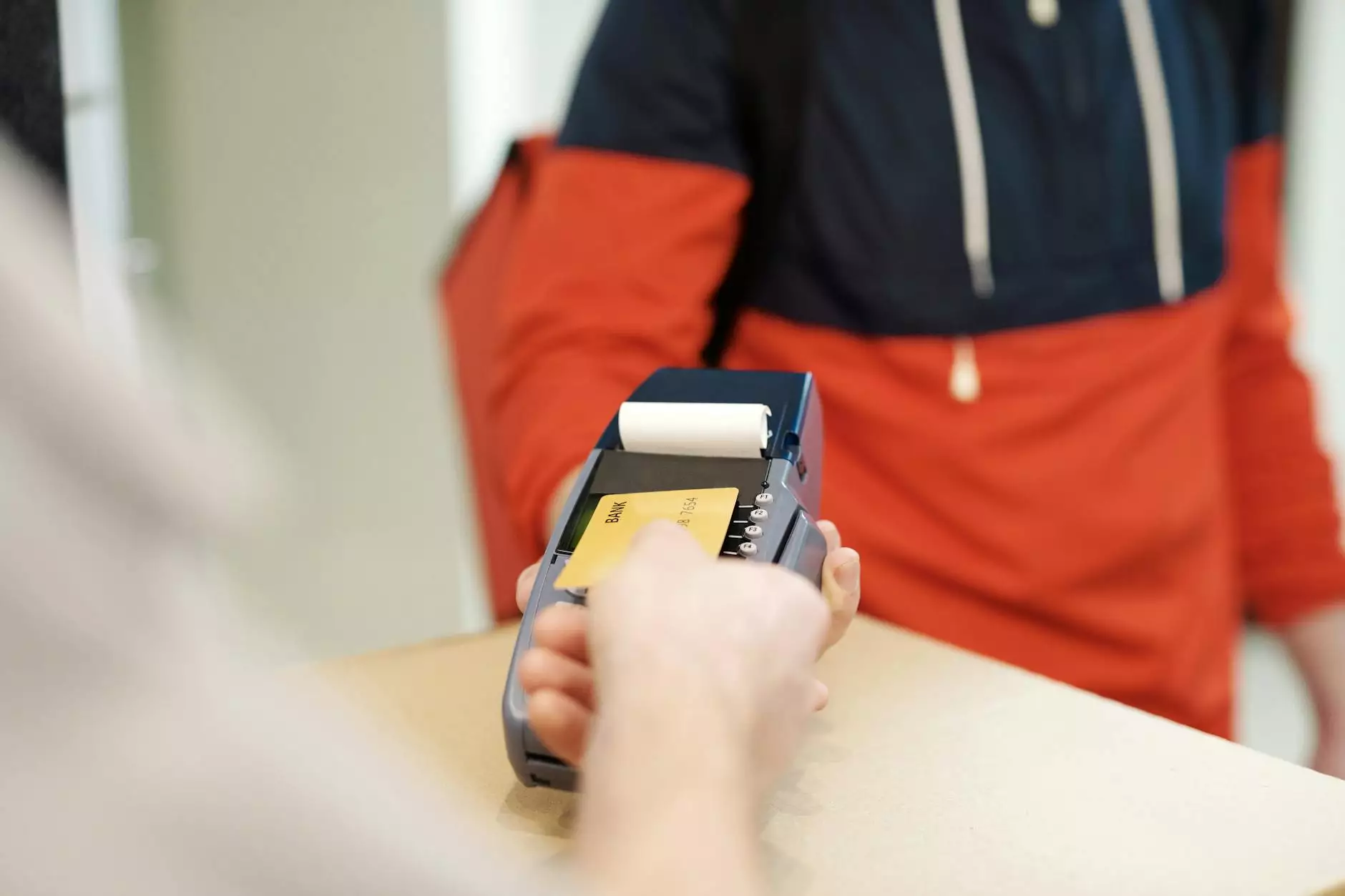Understanding the Western Transfer Apparatus: A Comprehensive Guide

The Western transfer apparatus is a vital tool in the field of biochemical research. This sophisticated device plays a key role in protein analysis, allowing scientists and researchers to transfer proteins from a gel onto a membrane for further study. The significance of the Western transfer process can’t be overstated; it is a foundational technique used in laboratories around the world to understand protein expression, interaction, and function.
What is a Western Transfer Apparatus?
The Western transfer apparatus consists of various components that work together to enable the transfer of proteins effectively. At its core, this system relies on the principle of electrophoresis, where proteins are first separated by size using an SDS-PAGE (sodium dodecyl sulfate polyacrylamide gel electrophoresis). After separation, these proteins need to be transferred onto a solid support, such as a nitrocellulose or PVDF membrane. The Western transfer apparatus facilitates this crucial step.
Key Components of the Western Transfer Apparatus
The functionality of a Western transfer apparatus depends on its various components, which include:
- Electroblotting System: The primary mechanism that facilitates the movement of proteins from the gel to the membrane using an electric field.
- Transfer Membrane: Typically made of nitrocellulose or PVDF, this membrane serves as the platform where proteins are affixed.
- Transfer Buffer: A solution that aids in maintaining protein stability and enhancing transfer efficiency during the process.
- Gel Support Equipment: Includes cassettes and spacers that hold the gel and membrane in place during the transfer.
- Power Supply: Powers the entire apparatus, providing the necessary voltage and current for protein transfer.
Functionality and Operating Principles
The transfer process involves carefully orchestrated steps:
- Preparation: Sample preparation is critical; proteins must be denatured and coated with SDS for effective separation.
- Electrophoresis: The gel is run under a current, allowing proteins to migrate based on their size, with smaller proteins moving faster than larger ones.
- Transfer Setup: Once the electrophoresis is complete, the gel and membrane are assembled in the transfer apparatus. The transfer buffer is added to ensure a conducive environment for protein transfer.
- Electroblotting: When the power supply is activated, an electric current pulls the negatively charged proteins toward the positive electrode on the membrane. This transfer allows proteins to adhere efficiently to the surface of the membrane.
- Post-Transfer Washing: Following the transfer, the membrane is washed to remove any unbound proteins and allows for subsequent analytical steps.
Applications of the Western Transfer Apparatus
The Western transfer apparatus has a wide range of applications across various scientific fields:
- Protein Expression Analysis: Researchers can determine the relative expression levels of proteins in different samples.
- Protein Interaction Studies: The apparatus is also used to analyze protein-protein interactions, essential for understanding cellular mechanisms.
- Post-Translational Modification Detection: Techniques like immunoblotting can detect modifications such as phosphorylation, glycosylation, and ubiquitination.
- Diagnostic Applications: In clinical settings, this technology can be employed for disease diagnosis by detecting specific proteins related to certain conditions.
Advantages of Using a Western Transfer Apparatus
The Western transfer apparatus provides several benefits that make it indispensable in laboratories:
- High Sensitivity: This method allows for the detection of low levels of proteins, making it suitable for a variety of sample types.
- Specificity: Using antibodies to probe proteins ensures that researchers can specifically target the proteins of interest.
- Simultaneous Analysis: Multiple samples can be processed simultaneously, increasing throughput and efficiency in research settings.
- Versatility: The Western blotting technique can be adapted for various applications, including quantitative and qualitative analysis.
Best Practices for Using the Western Transfer Apparatus
To achieve optimal results with your Western transfer apparatus, consider the following best practices:
- Optimize Transfer Conditions: Factors such as time, voltage, and buffer composition can significantly impact transfer efficiency. Experiment to find the best parameters for your specific proteins.
- Use Quality Membranes: Selecting the right type of membrane (nitrocellulose vs. PVDF) based on your experimental needs is critical for successful protein binding.
- Proper Gel Preparation: Ensure that gels are prepared correctly and that protein loading is consistent to avoid artifacts in your results.
- Control Your Samples: Using known standards or controls can help validate your results and ensure accuracy in your findings.
- Follow Manufacturer Protocols: Always consult the user manual of your apparatus for specific instructions and recommendations tailored to your equipment.
Common Issues with Western Transfer and Troubleshooting
Even with thorough preparation, issues can arise when using the Western transfer apparatus. Here are common problems and troubleshooting tips:
- Poor Protein Transfer: This can result from low voltage settings or too short transfer times. Adjust the parameters and ensure sufficient buffer composition.
- Background Noise: High background signals may indicate insufficient washing steps or the need for a blocking agent. Use appropriate blocking buffers to minimize noise.
- Non-specific Binding: This can be avoided by optimizing antibody concentrations and thoroughly washing the membrane between steps.
- Protein Degradation: Ensure that samples are kept on ice during processing and that protease inhibitors are used to maintain protein integrity.
Future Trends in Western Transfer Technology
As technology evolves, so too does the field of protein analysis. Innovations in Western transfer technology are paving the way for exciting advancements:
- Automation: Automated systems are being developed to streamline the Western blotting process, reducing hands-on time and increasing reproducibility.
- Real-time Analysis: Techniques that allow for real-time protein analysis are emerging, providing immediate results without the need for extensive post-processing.
- Advanced Imaging Techniques: The use of high-resolution imaging systems enables researchers to visualize and quantify proteins with unprecedented accuracy.
- Enhanced Reagents: Development of novel reagents that improve binding and detection sensitivity, allowing for even lower concentrations of target proteins to be analyzed.
Conclusion
The Western transfer apparatus is an essential tool in the arsenal of molecular biology and biochemical research. Understanding its operation, components, and applications can greatly enhance your laboratory’s capability to analyze proteins efficiently and accurately. Whether you are conducting research in academia, diagnostics, or industry, mastering the use of the Western transfer apparatus paves the way for innovative scientific discoveries. Embrace this powerful technology, and it will undoubtedly propel your research to new heights.









